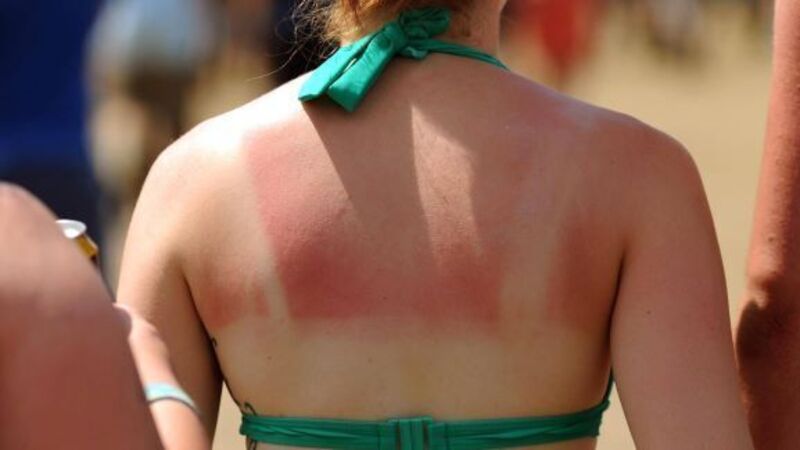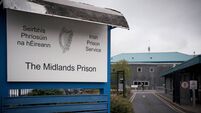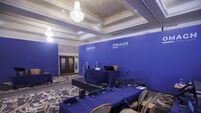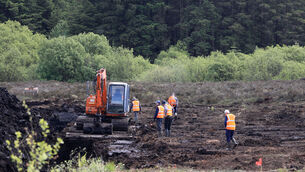Sunburn bracelet could save you another summer scalding

Researchers in Queen’s University Belfast are saying goodbye to red raw burns, having developed a simplistic early warning sunburn indicator — a plastic bracelet that turns a different colour when you are about to get burned by the sun.
The blue bangle contains ‘smart’ ink, which loses its colour just before exposure to too much ultraviolet light, prompting sunbathers to move into the shade.
Wearers will choose bracelets based on their skin type — so those with fairer skin can buy ones that change colour quicker than those who are less prone to burning.
The products could be on shelves by summer 2016 and though a price has yet to be confirmed, they could cost as little as 70c apiece.
It is one of a number of novel products based on photocatalysis, which works by harvesting energy from sunlight to drive chemical reactions, which has received a national award.
Other items include water-purifying bags and anti- bacterial plastic films which could be used in a range of materials, including hospital curtains, flooring, tiles, and glass, to create a more sterile environment.
The technology was developed by David Hazafy of Queen’s School of Chemistry and Chemical Engineering. He has been awarded a Royal Academy of Engineering’s enterprise fellowship which gives academics £85,000 (€116,000) each to develop their research into viable commercial products.
“The sunburn indicator works by using a photocatalyst and a redox dye in which the former absorbs the ultraviolet light and uses its energy to drive the change in the colour of the dye,” said Dr Hazafy. “The sunlight, or the total UV component, is collected throughout the day so the user is aware of the total dose of the harmful radiation received by the band.
“This simple and inexpensive sunburn indicator should warn people when they are receiving too much of the UV component of sunlight and prompt them to seek shade.”
Dr Hazafy said the award will be put to good use by his spin-out company, SunCatalyst Laboratories.
“The Royal Academy of Engineering is a great opportunity to receive funding for 12 months, as well as mentoring and training to develop business skills,” he said. “It is hoped that the products will be put forward for trials within the next year.”












